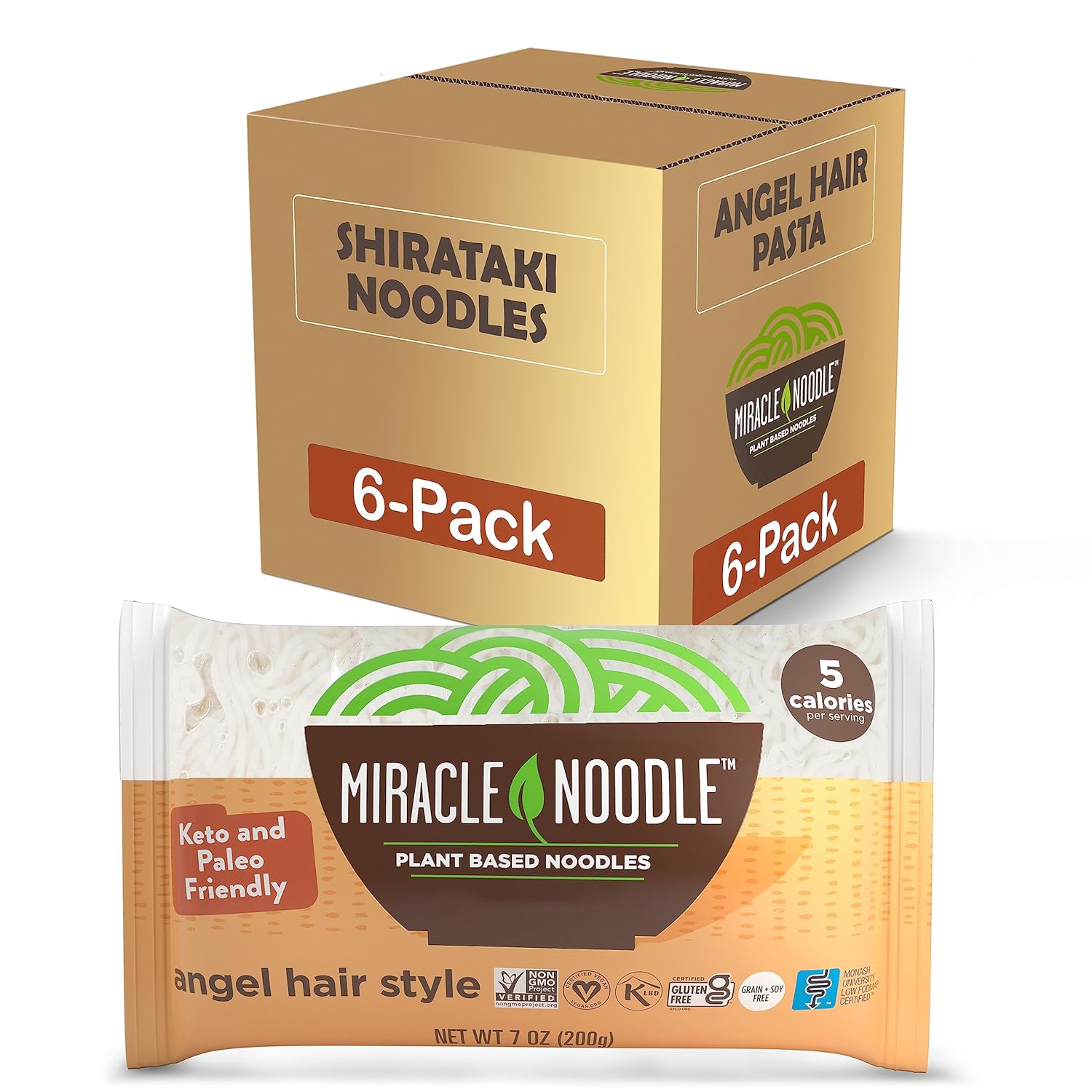Chocolate is one of life’s guilty pleasures. But do you really have to feel guilty about eating this delectable treat?
Not always, especially if you eat the right kind and amount of chocolate. Chocolate’s bad reputation comes from the high caloric, sugar, and fat content.
But phytochemicals found in chocolate have also been found to benefit the heart and potentially provide protection from infectious disease and cancer. Metabolic and psychological benefits have also been reported. [1]
Chocolate’s History in Medicine
In 18th century, chocolate was used as a nourishing, therapeutic, and aphrodisiac substance. It was used to help address weight loss, lung and muscle diseases, hypochondria and hemorrhoids. [2]
Chocolate has an interesting history. The earliest known use of cacao was traced through 5,500-year-old ceramic pots in Ecuador. Shamans used the pots containing cacao markers to prepare hallucinogenic concoctions. Then it was used as a currency, a prized drink among the royalty, and as religious offerings. [3]
When Is Chocolate Beneficial For You?
Chocolate’s benefits comes mainly from its cocoa content. The more cocoa it contains, the more beneficial it is for you.
The beneficial effects of cocoa are attributed to its antioxidant properties. Cocoa has more phenolic antioxidants than most foods, with flavonoids dominating the antioxidant activity. [4]
These flavonoids in cocoa can reduce the risk of chronic diseases, cancer, heart disease, and mental disorders. There is more evidence now that flavonoids do help in preventing diseases. [5] High-flavonoid foods, including berries, tea, apples, and onions are linked to less weight gain, although the calories in chocolate may counteract this benefit. [6]
With these benefits, you have good and valid reasons to keep this mood-enhancing comfort food in your life.
4 Healthy Ways to Eat Chocolate
Here are a few healthier ways to eat chocolate so you can keep it in your life:
1. Add raw cacoa powder or cacoa nibs in your smoothies or recipes. These don’t have sugar, but combined with the natural sweetness of berries, your smoothie will taste amazing.
2. If you eat small squares of dark chocolate, start slowly increasing the percentage of cacoa in the bar. The higher the cocoa content, usually the less sugar it will contain. Almost anyone can learn to savor and enjoy 90% dark chocolate bars or even higher with time.
Just like fine wines, you can develop a taste for the more bitter chocolate in higher percentage bars. Developing this appreciation helps in other parts of your diet, too. Bitter flavors usually have health benefits.
3. Don't chew chocolate! I know it sounds strange, but one small square can slowly melt in your mouth for around 5 minutes or so. Savor the chocolate flavor. This will also help curb your cravings.
4. If you don’t like dark chocolate because of its bitter taste, you can try bars like Lily's Chocolate that is flavored with stevia and erythritol. The problem with this though is I find that most people tend to overeat them (myself included). Others also get some gastric distress from those sweeteners.
I really believe that most people with minimal weight problems can learn to appreciate dark chocolate that has only 1 to 3 grams of sugar per square.
Make sure it is not chocolate processed by alkali. This gets rid of a lot of the beneficial compounds found in chocolate. It will say that on the label.
What other creative things have you done to keep that chocolate treat in your diet?
Sources:
1 Magrone, T., Russo, M. A., & Jirillo, E. (2017). Retrieved from https://www.ncbi.nlm.nih.gov/pmc/articles/PMC5465250/
2 Lippi, D. (2013, May). Retrieved from https://www.ncbi.nlm.nih.gov/pmc/articles/PMC3708337/
3 Waxman, O. B. (2017, March 10). Chocolate Facts: A History Lesson From Jacques Torres Museum. Retrieved from http://time.com/4693048/chocolate-history-museum/
4 Katz, D. L., Doughty, K., & Ali, A. (2011, November 15). Retrieved from https://www.ncbi.nlm.nih.gov/pmc/articles/PMC4696435/
5 Kozłowska, A., & Szostak-Wegierek, D. (n.d.). Flavonoids--food sources and health benefits. Retrieved from https://www.ncbi.nlm.nih.gov/pubmed/25272572
6 High-flavonoid foods, like berries and apples, prevent weight gain - Health News. (n.d.). Retrieved from https://www.nhs.uk/news/2016/01January/Pages/High-flavonoid-foods-like-berries-and-apples-prevents-weight-gain.aspx



